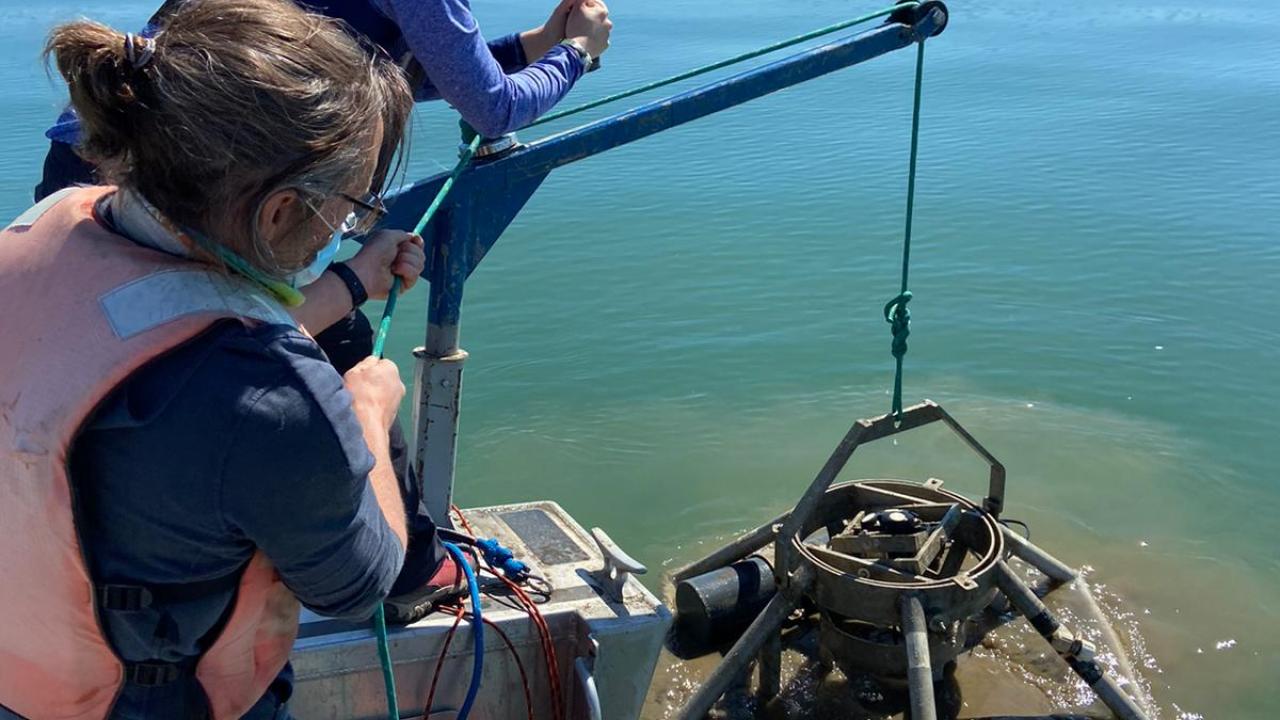
ClearFLEX: An Experiment to Understand Clear Lake Interbasin Exchange
Understanding the transport and horizontal water exchanges occurring in water bodies is essential to predict biogeochemical changes in aquatic ecosystems. Most of our knowledge of water exchanges comes from lakes with simple bathymetries. However, many lakes worldwide have complicated morphometry, such as multi-basin lakes. Previous work on multi-basin lakes focused on processes such as baroclinic oscillations (wind-driven oscillations of the thermocline) or Ekman transport (interaction of wind, Coriolis, and drag forces) in large lakes. Nevertheless, very little attention has been paid to the connectivity between basins, that is, to properly evaluate if individual basins in a multi-basin lake can be considered independent lakes. Modeling can be a powerful tool to answer this type of question, but rigorous calibration and validation of the model are required. Therefore, our “Clear Lake Flow Exchange Experiment (Clear FLEX)” aims to collect in-situ measurements to characterize and quantify the flow exchange between the three basins of a multi-basin lake called Clear Lake more accurately. Specifically, we are interested in the partition of the flow at the confluence of the three basins (i.e. the Narrows). How much flow is exchanged between Upper Arm and Oaks Arms? How much connectivity does exist between Lower Arm and the other two basins? Answering these questions would be very informative for different remediation strategies, such as Hypolimnetic Oxygenation Systems. This experiment will consist of the deployment of bottom-mounted upward-looking Acoustic Doppler Current Profilers (ADCP) moorings combined with temperature sensors to evaluate both the quantity and the properties of the flow field at the confluence of the three basins. Those moorings will collect data between the end of August and early October 2023.
